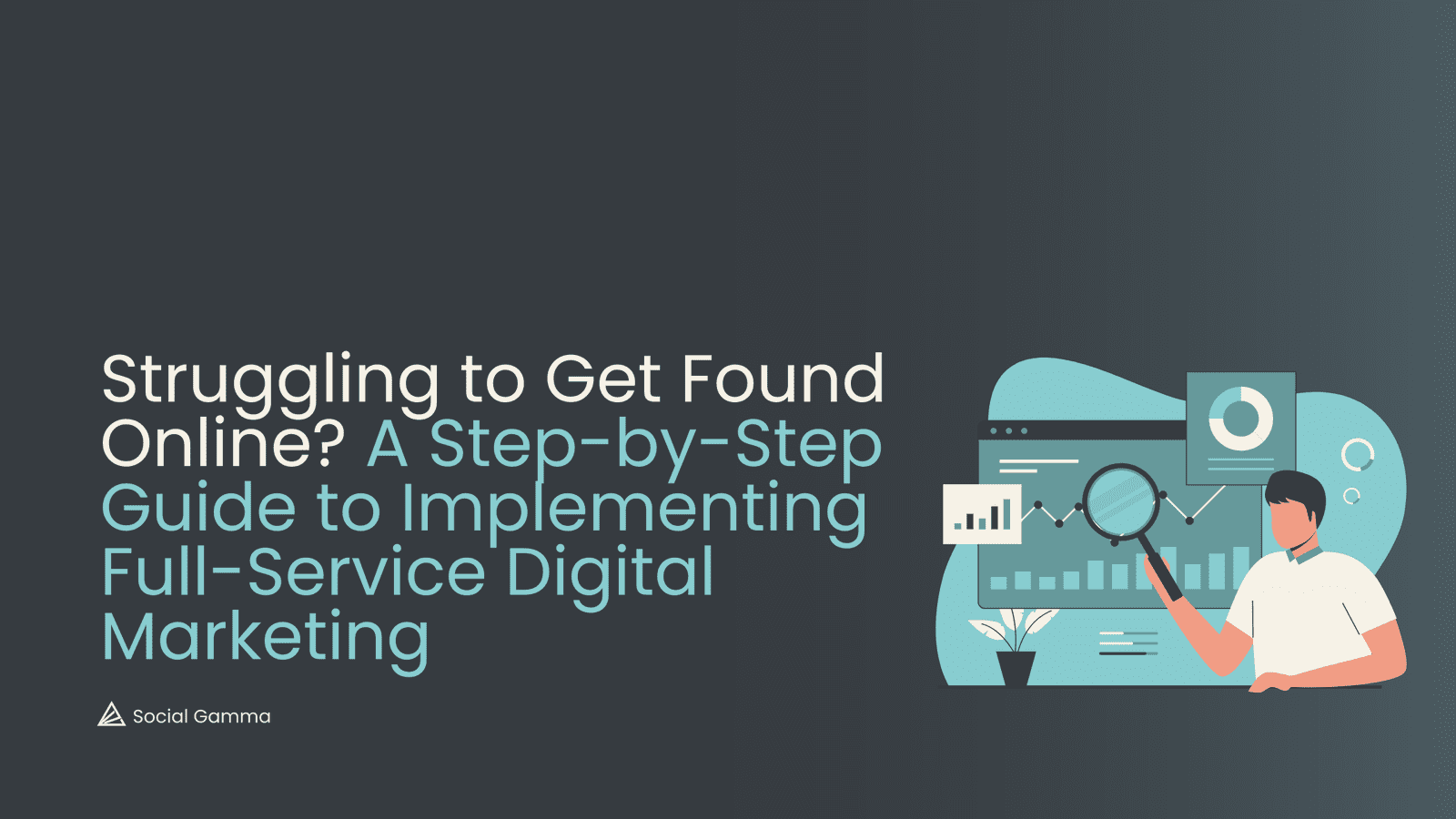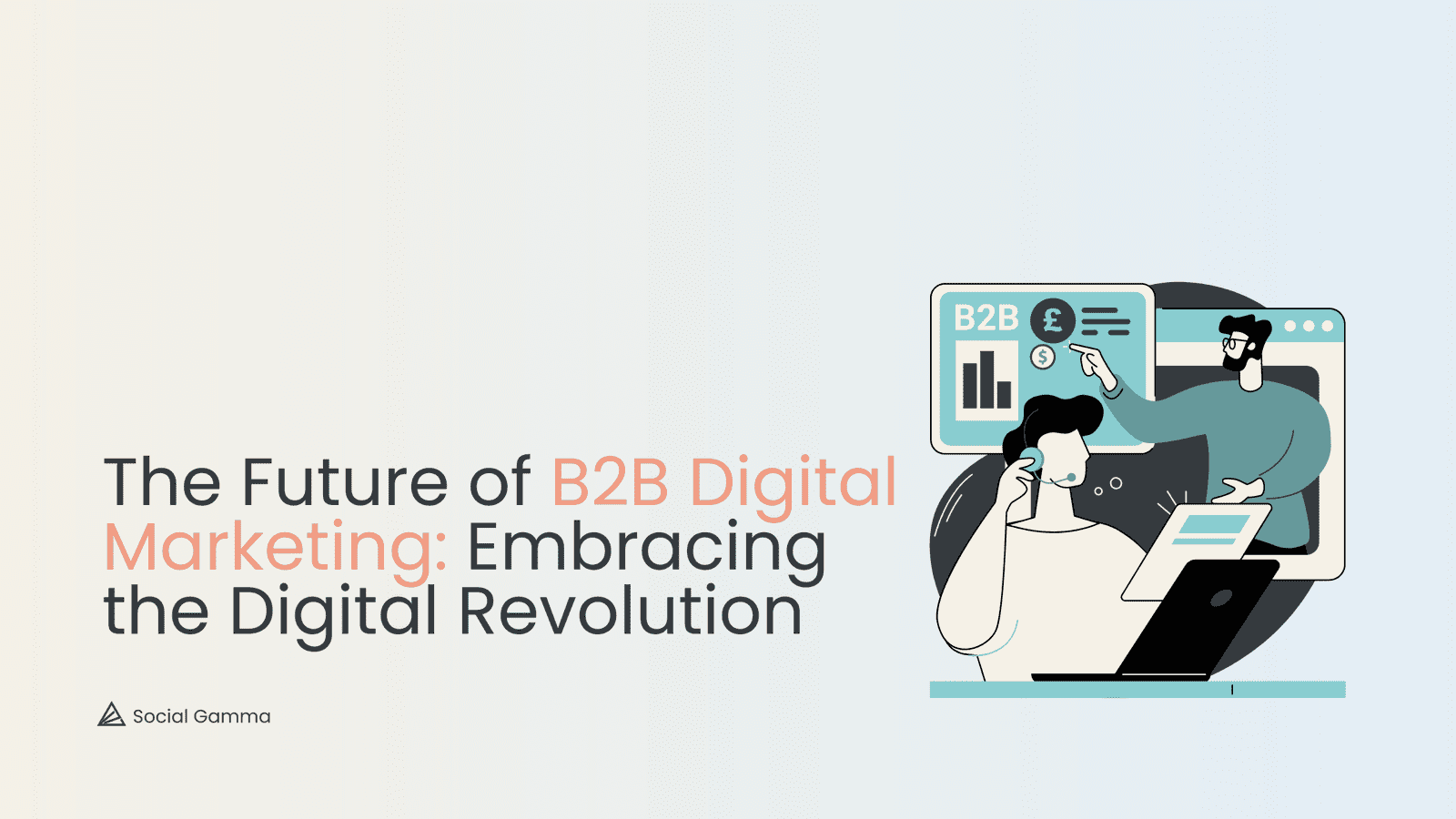One of the key elements we look at when developing any marketing strategy, regardless of whether we are talking about B2C or B2B companies or different industries, is the target audience is an essential element which no strategy can be built without. Many brand founders have a rough idea of whom they are trying to target or at least whom they would like to target, however, they rarely know too much about their target audience or ways in which they should target them.
Here is where marketers come in, so they can help business owners understand more in-depth data about their target audience and how to use that data to build the pillars of their marketing strategy.
What Is Market Segmentation?
Believe it or not, market segmentation is a classic marketing concept that has been around since the beginning of time and even smaller businesses need to start using this to target their audience as it sits at the heart of marketing customisation.
Market segmentation can be defined as a technique used to split the target audience into smaller groups, with the purpose of identifying similar characteristics between individuals for more targeted and personalised marketing.
Generally, we can always refer to the five main elements of market segmentation if we want to get a better understanding of where to start with this.
When working out what makes people in smaller groups alike, you should take into consideration:
Firmographic Segmentation
This refers to the company where (potential) customers work. It can be a great way to narrow down your target audience and it provides you with unique insights into how to market your product or service based on their specific needs.
Geographic Segmentation
A pretty obvious one and in most cases, a general key factor in marketing, the location of your audience is sometimes essential or at least useful in determining how to market your brand.
This applies to the online environment as well, which is why you will see the audience’s location as one of the mandatory fields when setting up any social media campaign.
Demographic Segmentation
Needless to say, you will want to get a deep understanding of your target audience’s demographics and in doing so, you will be able to identify specific age groups, for example, to determine your demographic segmentation.
You might be interested in testing different marketing strategies on females under 24 and those over 35 and demographic segmentation provides you with all the information for you to do that.
Psychographic Segmentation
Sometimes, it’s not about age, gender or income as the sweet spot for your marketing success lies in the psychographic segmentation. This reflects the lifestyle of your audience, what they’re interested in, how they choose to spend their time, what their hobbies are and how they perceive modern society.
It’s not just useful in market segmentation, I think it is crucial to use both demographic and psychographic characteristics to put together a wholesome concept of your marketing persona. I wrote an article on how to define it on LinkedIn earlier this year, you can go ahead and read more about that here.
Behavioural Segmentation
It’s behavioural segmentation where you may find your jackpot. It refers to the choices your audience makes and offers some indication of what makes them tick, purchasing habits, triggers, and generally what and how they choose to buy.
These are five main categories to keep in mind when looking into the market segmentation. You don’t necessarily need to follow this exact structure if you feel there are similarities you already discovered about your audience but these are here to guide you and provide some structure. It’s also not a rule to stick to just one or two, you can use all of them to try and find smaller groups within your audience and start really customising your content, ads, as well as other marketing material.
If you’re not sure where to start and would like some help with marketing, please don’t hesitate to contact us at hello@socialgamma.com and we’d be happy to chat!

